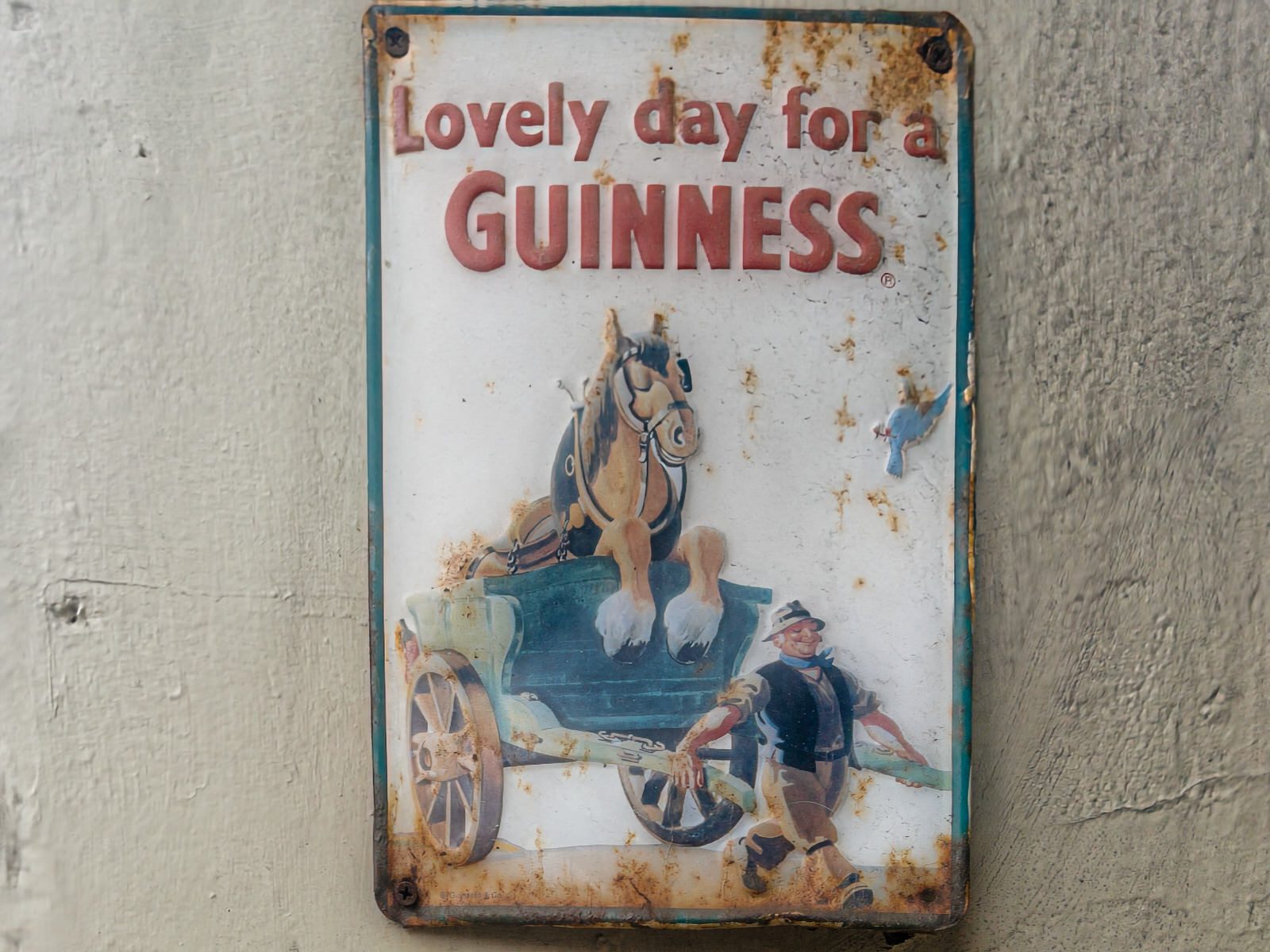ST PATRICK’S DAY 2023
When Guinness is poured, the gas bubbles appear to travel downwards in the glass. The effect is attributed to drag; bubbles that touch the walls of a glass are slowed in their travel upwards. Bubbles in the centre of the glass are, however, free to rise to the surface, and thus form a rising column of bubbles. The rising bubbles create a current by the entrainment of the surrounding fluid. As beer rises in the centre, the beer near the outside of the glass falls. This downward flow pushes the bubbles near the glass towards the bottom. Although the effect occurs in any liquid, it is particularly noticeable in any dark nitrogen stout, as the drink combines dark-coloured liquid and light-coloured bubbles.
A study published in 2012 revealed that the effect is due to the particular shape of the glass coupled with the small bubble size found in stout beers. If the vessel widens with height, then bubbles will sink along the walls – this is the case for the standard pint glass. Conversely, in an anti-pint (i.e. if the vessel narrows with height) bubbles will rise along the walls.
